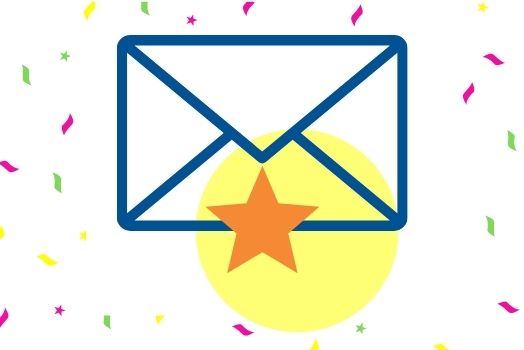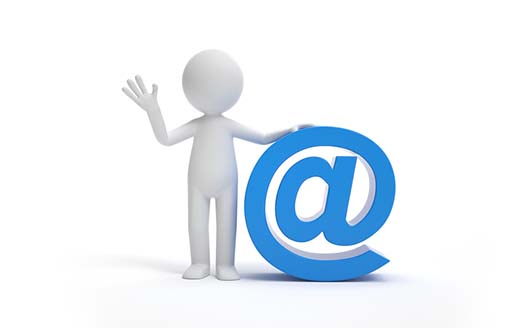Have some of your leads gone cold? Reconnect using these tips! Nobody likes to see their email leads go cold, but sometimes it happens despite our best efforts. The trick is not to give up hope, especially when there is no reason to do so. There are many strategies to reignite your dormant prospects. We’ll dig into a few of …
Email Newsletter Best Practices
Develop more valuable connections to your prospects with a well-written and optimized newsletter. Are you looking to ramp up the marketing of your small agency? If so, consider making an email newsletter part of your toolkit. It may be tempting, especially these days, to think that email is no longer effective. Guess again. According to recent data, email marketing has …
It’s a New Day: Digital Marketing Moves to First Place
Recently, a lot of marketers have found themselves playing in a different sandbox than the one that they may have been used to in the past. The old sandbox consisted of a hybrid kind of marketing, one that relied on both digital and physical platforms. As our world continues to shift for the foreseeable future, more and more of that …
Have You Asked: Is Email Marketing Dead?
Would you be surprised to know that 99 percent of people check their email every day? With a statistic like that, it’s not hard to see why email marketing is a go-to for marketing campaigns. What’s confusing, though, is that sometimes, email marketing ROI can look a little bleak. An unsuccessful email campaign in a world where opening emails is …






